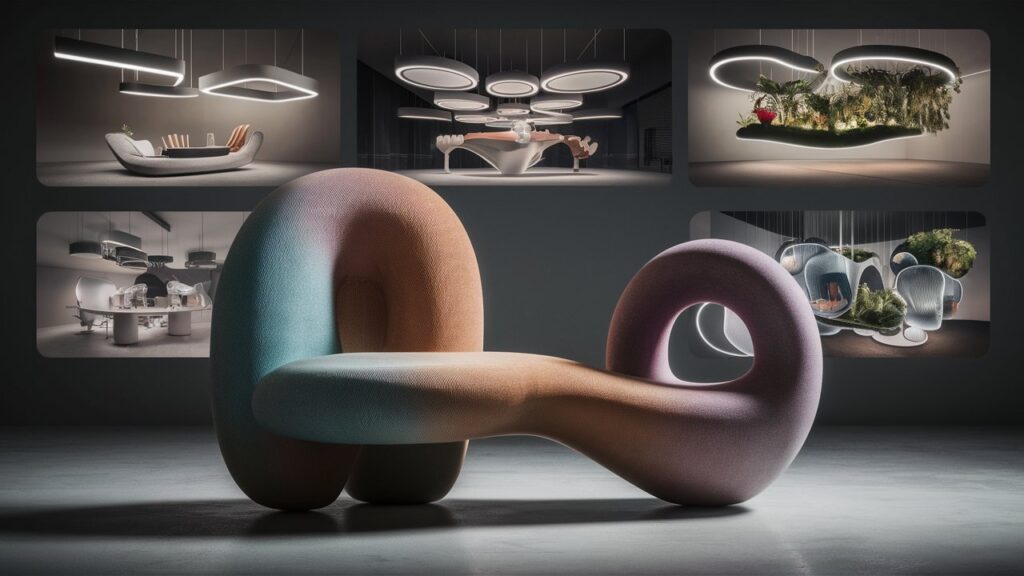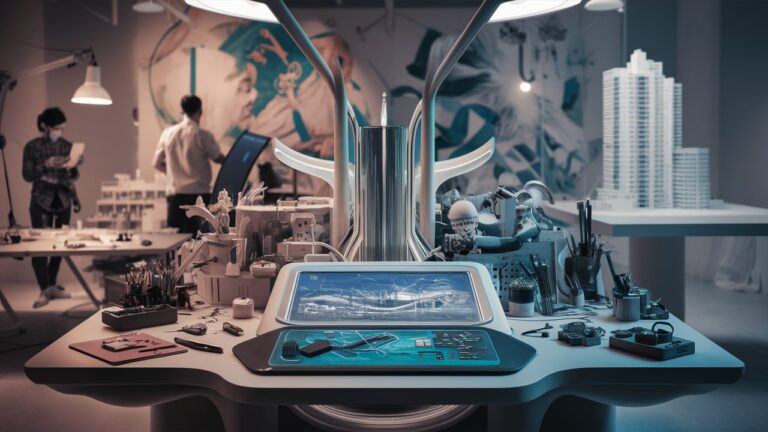Introduction
In today’s fast-paced digital and physical landscapes, design is no longer just about aesthetics—it’s a strategic tool that bridges creativity, functionality, and user experience. At PushYourDesign.com, we believe in pushing boundaries to deliver solutions that are innovative, impactful, and tailored to modern demands. Whether you’re a startup, an established brand, or a solo creator, understanding how to “push” your design philosophy can transform your projects from ordinary to extraordinary. This article dives into the core principles of elevating design, exploring actionable strategies, emerging trends, and answers to common questions.
1. The Importance of Pushing Design Boundaries
Design thrives on innovation. To stay relevant, designers must constantly challenge conventions, experiment with new ideas, and embrace risks. Pushing boundaries isn’t just about creating visually striking work; it’s about solving problems in ways that resonate deeply with audiences. For example, minimalist design trends have evolved to incorporate bold typography and asymmetrical layouts, breaking free from rigid grids to evoke emotion and engagement.
At PushYourDesign.com, we advocate for a mindset that prioritizes curiosity. This means exploring unconventional color palettes, integrating mixed media, or adopting interactive elements in digital interfaces. By stepping outside comfort zones, designers can craft experiences that are memorable and future-proof. A case study from our platform highlights how a fintech startup revamped its app by replacing traditional navigation with gesture-based controls, resulting in a 40% increase in user retention.
2. Balancing Creativity and Functionality
While creativity fuels design, functionality ensures it serves a purpose. Striking this balance is critical. A visually stunning website that loads slowly or a product packaging that’s impractical for shipping undermines the user experience. The key lies in iterative prototyping—testing designs in real-world scenarios to refine both form and function.
For instance, our team at PushYourDesign.com worked with an e-commerce brand to redesign its product pages. By combining eye-catching animations with streamlined checkout processes, the brand achieved a 25% boost in conversions. This approach underscores the importance of aligning creative vision with user needs. Tools like user journey maps and A/B testing can help identify pain points, ensuring designs are both beautiful and purposeful.
3. User-Centric Design: Putting People First
User-centric design (UCD) is the cornerstone of effective solutions. It prioritizes empathy, requiring designers to understand their audience’s behaviors, preferences, and pain points. Techniques like persona development, usability testing, and accessibility audits ensure inclusivity and relevance.
A common pitfall is assuming what users want without data. For example, PushYourDesign.com collaborated on a healthcare app where initial designs relied heavily on medical jargon. User feedback revealed confusion, prompting a shift to plain language and visual aids, which improved patient engagement by 60%. By involving users early and often, designers can create intuitive experiences that foster loyalty and trust.
4. Leveraging Technology in Modern Design
Technology is a catalyst for innovation. From AI-powered design assistants to VR prototyping tools, advancements are reshaping how ideas come to life. At PushYourDesign.com, we explore tools like Figma for collaborative workflows, Adobe Sensei for automating repetitive tasks, and AR to visualize spatial designs in real time.
One emerging trend is the use of generative design, where algorithms create multiple iterations based on input parameters. This is particularly useful in industries like architecture and product design, where optimizing materials and structural integrity is crucial. Additionally, integrating motion design through CSS animations or Lottie files adds dynamism to digital products, enhancing storytelling and user interaction.

5. Sustainable Design: Creating for the Future
Sustainability is no longer optional—it’s a responsibility. Designers must consider environmental impact, from material choices in packaging to energy-efficient digital platforms. PushYourDesign.com emphasizes circular design principles, such as creating modular products that can be repurposed or recycled.
A notable project involved redesigning a fashion brand’s packaging using biodegradable materials and soy-based inks. This not only reduced waste but also strengthened the brand’s eco-conscious identity. In digital spaces, optimizing images and code to reduce load times lowers carbon footprints. Sustainable design isn’t just ethical; it’s a competitive advantage in an increasingly eco-aware market.
6. Collaboration and Feedback in the Design Process
Great design rarely happens in isolation. Collaboration between designers, developers, marketers, and stakeholders ensures holistic solutions. Platforms like Slack, Miro, and PushYourDesign.com’s own project management tools streamline communication, reducing misunderstandings and delays.
Feedback loops are equally vital. Constructive criticism helps refine ideas, while user testing validates assumptions. For example, a global SaaS company used our feedback framework to iterate on its dashboard design, resulting in a 30% drop in support tickets. Embracing humility and adaptability allows teams to turn good designs into exceptional ones.
Conclusion
Pushing your design requires a blend of courage, empathy, and technical mastery. By embracing innovation, prioritizing users, leveraging technology, and committing to sustainability, you can create work that stands out and stands the test of time. At PushYourDesign.com, we’re here to equip you with the tools, insights, and inspiration to transform your creative vision into reality. Ready to push your design further? Explore our resources and join a community of forward-thinking creators today.
Frequently Asked Questions (FAQs)
Q1: What does “push your design” mean?
“Pushing your design” refers to continuously challenging norms, experimenting with new techniques, and prioritizing innovation to create impactful, user-centered solutions.
Q2: How do I balance creativity with functionality?
Start by defining clear objectives. Use prototyping and testing to ensure creative elements enhance—not hinder—usability. Tools like user stories and heatmaps can guide decisions.
Q3: Why is user-centric design important?
Designs that ignore user needs often fail. UCD ensures solutions are intuitive, accessible, and aligned with real-world behaviors, boosting satisfaction and engagement.
Q4: What role does technology play in modern design?
Technology accelerates ideation, collaboration, and execution. From AI to VR, it empowers designers to solve complex problems efficiently and creatively.
Q5: How can I incorporate sustainability into my workflow?
Opt for eco-friendly materials, minimize waste, and optimize digital efficiency. Consider lifecycle assessments to evaluate environmental impact.
Q6: How do I improve collaboration in design projects?
Use collaborative tools, establish clear communication channels, and foster a culture of open feedback. Regular check-ins and shared goals keep teams aligned.
Visit PushYourDesign.com for more guides, case studies, and tools to elevate your next project!
